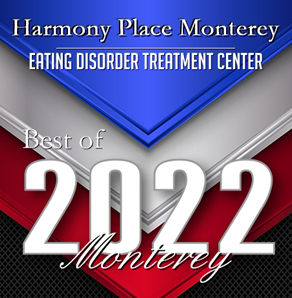Trauma and the Evolution of Trauma Recovery Treatment
By Dr. Mark Schwartz
Contemporary trauma therapists have evolved significantly over the past 30 years. Most clinicians have moved from the single PTSD-trauma model to the realization that most individuals have early adversity, neglect, or misattunement with their early caretaker(s), that which greatly influenced their later reactions to stressors. These stressors can be identified in two ways: 1) disorders of self-development (identity); and, 2) affect or emotional regulation.
As a result, Individuals’ lives become chaotic and without direction and their relationships are often destructive. Furthermore, they escape from their pain and disorganization with addictive behavior, distractions (such as work or bingeing and purging), or numbing strategies (such as compulsive codependence or dissociative states).
They are then additionally tormented with self-hatred and impulsive, self-injurious behavior. Newer therapists focus on both the big traumas along with the disorders of self and emotional regulation and resulting intimacy and relationship difficulties. These manifestations are often resistant to cognitive-behavioral interventions, requiring access to dissociative parts of the personality that have internalized shame, e.g., feeling “bad,” “defective,” disconnected and alone.
Trauma therapies are focused on affect tied to shame and encourage metacognition related to the origins of such beliefs and recognition of their unconscious influences. The goal is to develop the capacity for a coherent, cohesive narrative of their lives in so that they do not allow past abandonment and terror to control their present expectations and lives.





